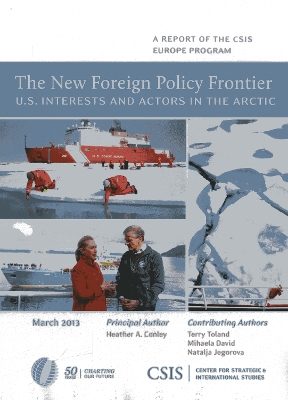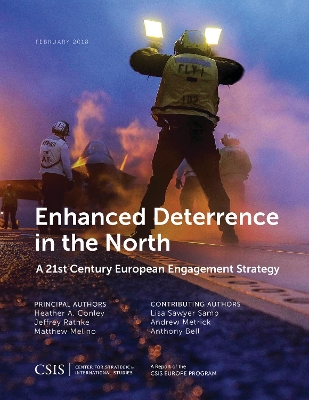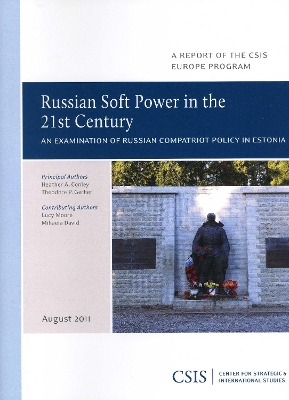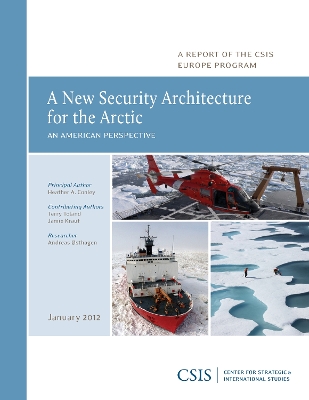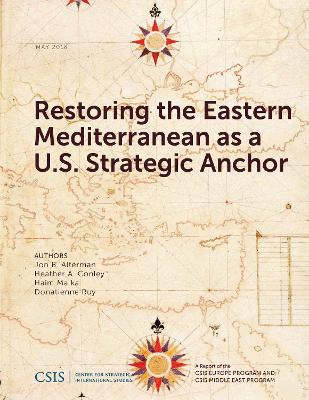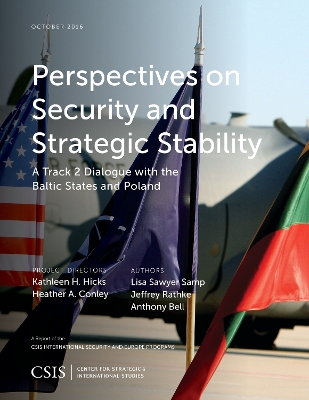CSIS Reports
9 total works
Enhanced Deterrence in the North
by Heather A. Conley, Jeffrey Rathke, and Matthew Melino
Leading from Behind in Public-Private Partnerships?
by Heather A. Conley and Uttara Dukkipati
Russian Soft Power in the 21st Century
by Heather A. Conley, Theodore P. Gerber, and Lucy Moore
Restoring the Eastern Mediterranean as a U.S. Strategic Anchor
by Jon B Alterman, Heather A. Conley, Haim Malka, and Donatienne Ruy
Perspectives on Security and Strategic Stability
by Lisa Sawyer Samp, Jeffrey Rathke, and Anthony Bell
